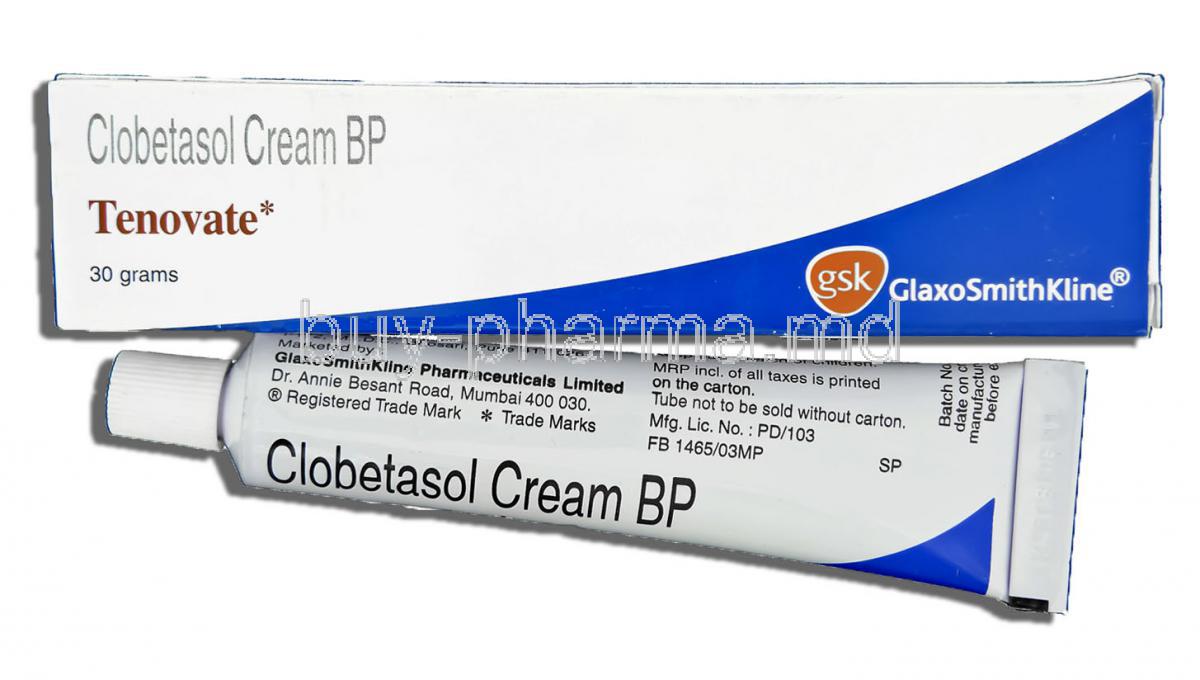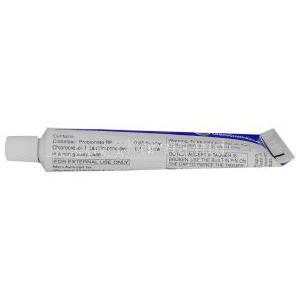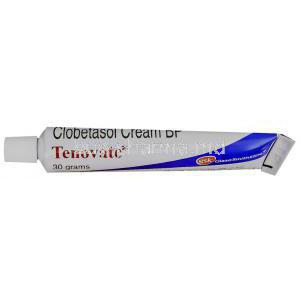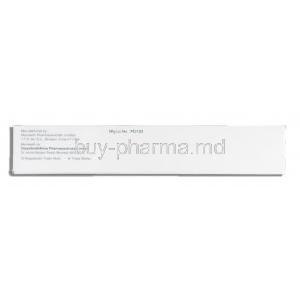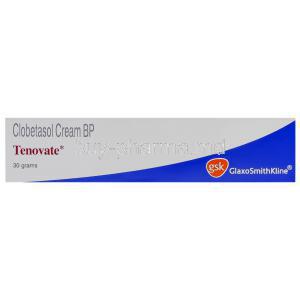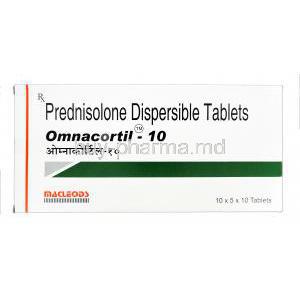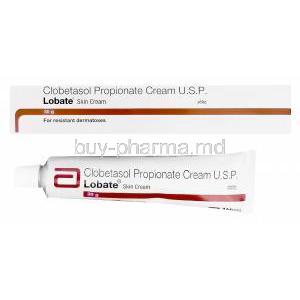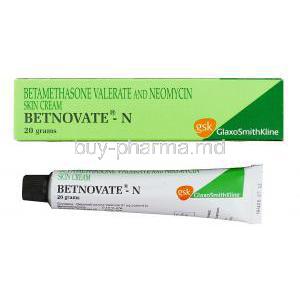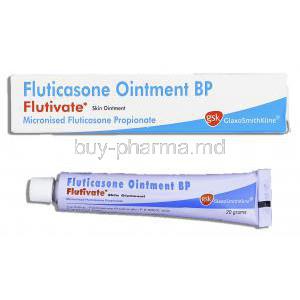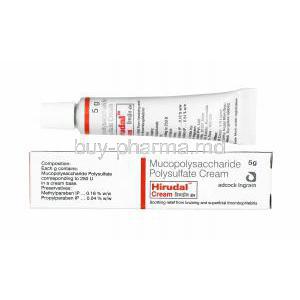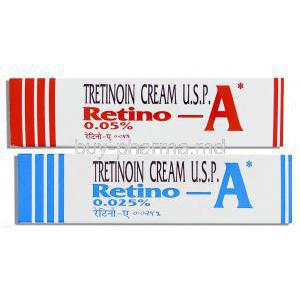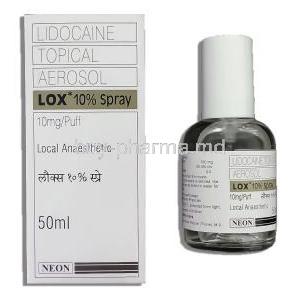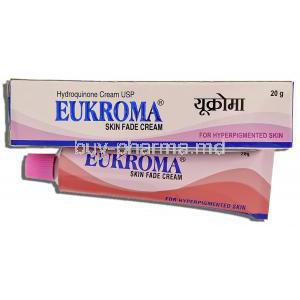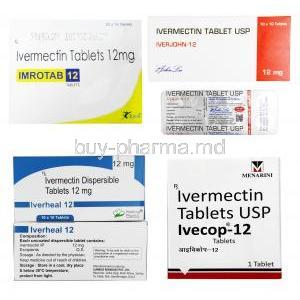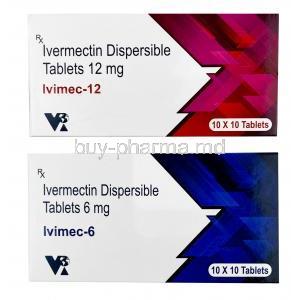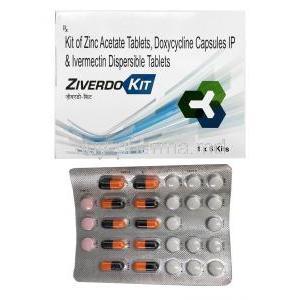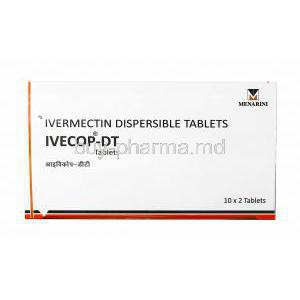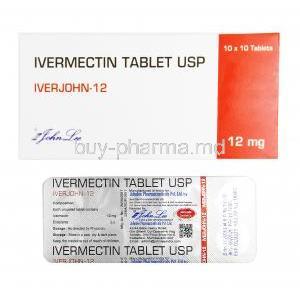Introduction
Overview of Tenovate (Clobetasol Propionate)
Tenovate, containing clobetasol propionate as its active ingredient, is one of the most potent topical corticosteroids used in modern dermatology. It is prescribed for severe and persistent inflammatory skin conditions where weaker corticosteroids have proven inadequate.
Classification as a Super-Potent Topical Corticosteroid
Clobetasol propionate is classified under Class I corticosteroids, representing the highest category of potency. This categorization reflects its exceptional ability to suppress inflammation and immune-mediated reactions within the skin, making it indispensable for stubborn dermatoses.
General Therapeutic Role in Dermatology
The ointment and cream serve as frontline therapies for individuals with recalcitrant dermatological conditions. By rapidly reducing erythema, scaling, and pruritus, Tenovate restores patient comfort and quality of life. It is intended for short-term intervention rather than continuous, prolonged use.
Composition and Formulation
Active Ingredient: Clobetasol Propionate
The principal component is clobetasol propionate, a synthetic glucocorticoid with high affinity for intracellular corticosteroid receptors, exerting rapid anti-inflammatory effects.
Available Strengths and Concentrations
Tenovate is typically formulated at a concentration of 0.05%, which is sufficient to deliver robust efficacy even with thin applications. This uniform concentration is available across different formulations.
Forms: Ointment, Cream, Lotion, Gel, Scalp Application
- Ointment: Provides an occlusive barrier, enhancing absorption and suitable for dry, scaly lesions.
- Cream: Balanced option, less greasy, used for moist or weeping lesions.
- Lotion and Gel: Ideal for hair-bearing areas like the scalp.
- Scalp Application: Specifically designed for conditions such as scalp psoriasis.
Inactive Ingredients and Their Significance
Excipients such as propylene glycol, mineral oils, and emulsifying agents determine the base characteristics. These compounds influence absorption, spreadability, and tolerability of the product on different skin types.
Mechanism of Action: How Tenovate Works
Anti-Inflammatory Properties of Clobetasol
Clobetasol suppresses the production of pro-inflammatory mediators such as prostaglandins and leukotrienes. This reduces swelling, redness, and itching in the affected regions.
Immunosuppressive Effects on Skin Cells
The drug decreases immune cell infiltration in the skin, particularly T-lymphocytes and macrophages, limiting autoimmune and allergic dermatoses from progressing.
Vasoconstrictive Activity Reducing Redness and Swelling
By constricting dermal capillaries, clobetasol reduces vascular permeability and visible erythema. This effect is a hallmark of high-potency corticosteroids.
Comparison with Other Corticosteroids
Unlike medium- or low-potency corticosteroids, clobetasol achieves therapeutic results in resistant conditions within a shorter duration, though its risks of adverse effects are proportionally greater if misused.
Approved Medical Uses
Psoriasis Treatment (Plaque Psoriasis, Scalp Psoriasis)
Tenovate is indicated for severe plaque psoriasis and localized scalp psoriasis. It mitigates hyperproliferation of keratinocytes and suppresses inflammatory plaques effectively.
Eczema and Atopic Dermatitis
For acute flare-ups of eczema and atopic dermatitis, clobetasol rapidly relieves itching, erythema, and scaling. It is reserved for short-term management when standard corticosteroids fail.
Lichen Planus and Lichen Sclerosus
In these chronic inflammatory skin disorders, Tenovate suppresses intense itching and prevents progression of atrophic changes.
Discoid Lupus Erythematosus
Applied topically, Tenovate alleviates cutaneous manifestations of discoid lupus, reducing inflammation and erythematous plaques.
Other Corticosteroid-Responsive Dermatoses
Conditions such as chronic hand dermatitis, severe allergic reactions, and non-infectious intertriginous rashes may benefit from controlled use of clobetasol.
Off-Label Uses
Vitiligo Management in Selected Cases
In carefully chosen patients, Tenovate is used to stimulate repigmentation in localized vitiligo patches, though evidence remains variable.
Inflammatory Nail Disorders
Clobetasol applied to the nail folds may benefit nail psoriasis or chronic paronychia, often requiring occlusion for better penetration.
Oral Lichen Planus (Under Medical Supervision)
Specialized formulations of clobetasol may be cautiously used in oral lichen planus to reduce mucosal inflammation, strictly under medical supervision.
Resistant Cases of Allergic Contact Dermatitis
For cases refractory to weaker corticosteroids, clobetasol offers rapid suppression of inflammation and resolution of lesions.
Experimental or Less Common Dermatological Indications
Research continues into applications such as chronic graft-versus-host disease skin manifestations and other recalcitrant dermatoses.
Dosage and Administration
Standard Application Frequency and Duration
Tenovate is typically applied once or twice daily for up to two weeks. Continuous long-term use is discouraged due to systemic absorption risks.
Recommended Amount and Fingertip Unit Method
The fingertip unit (FTU) guides dosing: one FTU covers an area of skin equivalent to two adult palms. This method prevents excessive or inadequate application.
Differences Between Cream vs Ointment Application
- Cream: Preferred for exudative lesions, absorbs quickly, less greasy.
- Ointment: Suitable for dry, lichenified skin, provides occlusion, increases penetration.
Guidelines for Short-Term and Long-Term Use
Short treatment bursts are preferred, followed by tapering or switching to lower-potency corticosteroids. Long-term continuous application risks systemic adverse events.
Instructions for Use on Scalp vs Body vs Sensitive Areas
- Scalp: Use lotion or gel, applied directly to affected areas and massaged gently.
- Body: Creams and ointments depending on lesion type.
- Sensitive areas: Avoid or use under strict medical advice, as absorption is higher in regions like the face, groin, and axillae.
Side Effects
Common Side Effects
Like other high-potency topical corticosteroids, clobetasol may trigger mild to moderate local reactions. These reactions are usually transient but may intensify with repeated use.
- Burning, stinging, or itching at the site of application, often within minutes of use.
- Dryness and irritation of the skin, leading to discomfort and flakiness.
- Redness or rash development as a sign of local hypersensitivity.
- Thinning of the skin when applied continuously over weeks or months.
Serious or Rare Side Effects
Although uncommon, extended or improper application can lead to significant dermatological and systemic complications.
- Skin atrophy and striae, visible as stretch marks in flexural regions.
- Telangiectasia, or the development of fine, visible blood vessels on the skin.
- Secondary infections of bacterial, fungal, or viral origin due to suppressed local immunity.
- Hormonal effects including adrenal suppression and manifestations of Cushing’s syndrome with prolonged or extensive use.
- Ocular complications such as glaucoma or cataract formation if the ointment is used near the eyelids.
Drug Interactions
Drug compatibility is crucial when clobetasol is part of a broader treatment regimen. Interactions may heighten systemic absorption or diminish therapeutic safety.
- Concurrent use with other topical corticosteroids may increase cumulative risk of side effects.
- Combination with systemic or immunosuppressive steroids may amplify endocrine suppression.
- CYP3A4-metabolizing drugs, such as certain antifungals or antivirals, can alter metabolism of corticosteroids.
- Simultaneous use with skin irritants or sensitizers (e.g., alcohol-based cleansers, exfoliants) may exacerbate irritation.
Contraindications
Specific conditions and patient profiles warrant strict avoidance of clobetasol application due to risk of harm.
- Known hypersensitivity to clobetasol propionate or formulation excipients.
- Untreated infections of bacterial, fungal, or viral origin affecting the skin.
- Rosacea, acne vulgaris, and perioral dermatitis, as corticosteroids can worsen these conditions.
- Pediatric patients under recommended age limits, due to high risk of systemic absorption and growth suppression.
Warnings and Important Precautions
Careful adherence to precautions ensures therapeutic benefits while minimizing risks.
- Restrict use to short treatment cycles and avoid continuous long-term application.
- Avoid treatment on large surface areas or under occlusive dressings unless medically advised.
- Be aware of the risk of HPA axis suppression with extensive use.
- Exercise caution when applying to face, genitals, or skin folds, where absorption is greater.
- Monitor for secondary skin infections and signs of systemic corticosteroid absorption.
Careful Administration in Special Populations
Elderly Patients
Older adults are more prone to corticosteroid-induced skin fragility. Reduced dosage and vigilant monitoring are recommended.
Pregnant Women
Data on clobetasol use in pregnancy is limited. Animal studies suggest potential risks, and therapy should only be considered when benefits outweigh possible fetal harm. Extensive or prolonged use should be avoided.
Nursing Mothers
Topical use during lactation is considered low-risk if applied properly. Contact with the infant’s skin must be prevented, and application to the breast area before nursing is contraindicated.
Children and Adolescents
Younger patients face an elevated risk of systemic absorption. Long-term use can interfere with normal growth and development. Pediatric administration must be strictly guided by medical supervision, with dosing adjustments and close observation.
Overdosage and Emergency Management
Accidental or excessive use of clobetasol can precipitate systemic toxicity.
- Signs of overdose include profound adrenal suppression, skin atrophy, and manifestations of Cushing’s syndrome.
- Emergency measures focus on discontinuation, supportive care, and gradual withdrawal to avoid adrenal crisis.
- Medical evaluation should assess systemic involvement and provide tailored intervention.
Storage and Handling Precautions
Proper storage and handling maintain the integrity and safety of clobetasol formulations.
- Store in a cool, dry place, away from direct sunlight and heat exposure.
- Observe expiry dates and discard expired medication responsibly.
- Follow safe disposal practices to prevent accidental misuse or environmental contamination.
- Patients and caregivers should wash hands thoroughly after application and avoid accidental contact with eyes and mucous membranes.

